Are you living with a dog with urinary incontinence? Fortunately, there are many strategies you can consider to manage this condition and improve both your pet and your quality of life.
In this article, we will help you identify what are the signs and causes of urinary incontinence, provide tips, and recommend some products to manage this at home.
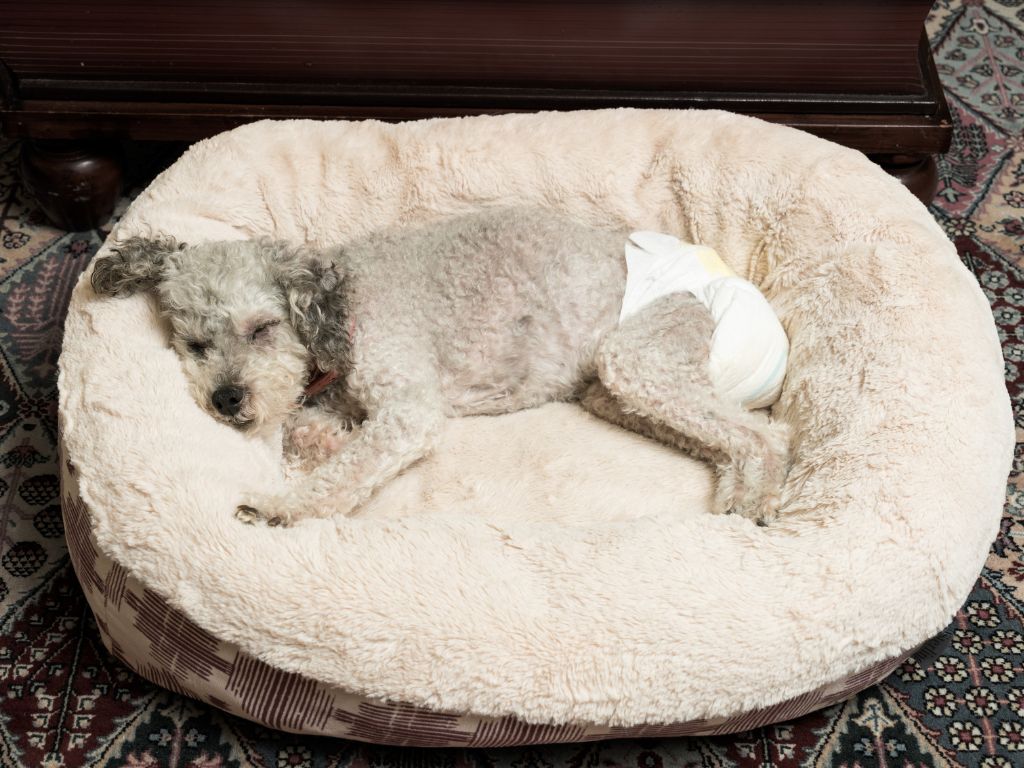
What is Urinary Incontinence?
Urinary incontinence is when the dog loses some bladder control and leaks urine. It is a common issue among female dogs because their urethra– the tube that drains urine– is shorter than in males.
There are also certain breeds more prone to develop urinary incontinence at some point in their life, including German Shepherds, Rottweilers, Dobermans, Old English sheepdogs, Dalmatians, Collies, and Boxers.
There are many reasons that can cause urinary incontinence, including:
- Obesity, because the extra weight may apply pressure to the bladder
- Hormonal imbalances, because the low levels of estrogen weaken the bladder valves
- Urinary tract infections
- Spinal injury or degeneration
- Prostate disorders
- Urinary stones
- Diseases that increase the water intake, such as diabetes or Cushing’s disease
- Changes to vaginal support structures
- Abnormal bladder positioning
What are the Signs?
The signs of incontinence in dogs include:
- Frequent urination
- Dribbling urine
- Wetting in their sleep or bed
- Leaking urine when they are resting or relaxed
Urinary incontinence or inappropriate elimination
Urinary incontinence is different from accidents. These are typically associated with incomplete house training, behavioral issues, pain, or cognitive decline. Incontinence, on the other hand, is a medical condition where dogs have a loss of bladder control.
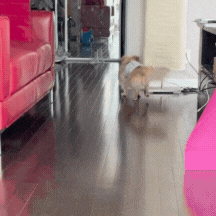
Treatment of Urinary Incontinence
The treatments for incontinence in dogs can vary depending on the underlying cause of the condition. Here are some commonly used treatments:
Medications
For weak bladder, there are medications that work by tightening the muscles around the bladder to prevent urine leakage. The most commonly prescribed is phenylpropanolamine (PPA).
Hormonal therapy such as estrogen or testosterone in males, also helps by increasing the sensitivity of the receptors in the urethra.
Dietary changes
In some cases, dietary modifications can help improve incontinence. Specialized diets that promote urinary tract health or contain ingredients to support bladder control may be recommended by veterinarians.
Surgery
In certain cases, surgical interventions may be necessary to address the underlying cause of incontinence. For example, surgery may be required to correct anatomical abnormalities or to remove obstructions that are causing incontinence.
Natural Therapies
There are herbal treatments available to support urinary incontinence in female dogs after spaying. This specific type of incontinence is related to decreased estrogen levels after removing the ovaries. The herbs are a source of phytoestrogens and can help with mild cases of incontinence. However, you should always consult with your vet before giving any herbal remedies as these may have side effects.
“Black cohosh, soy, red clover, chaste-tree berry, dong quai, evening primrose, ginkgo, ginseng, and licorice are among the popular herbs. How much to give? Plants vary in amounts. Need to experiment and give the lowest effective dose. Vets use 1 mg of stilboestrol once a week. To find how much of a herb mimics this dose can only be done by trial and error. Beware! Excessive amounts have severe side effects.” David Nichols, Animal gynecology.
Best Practices for Handling Incontinence
Here are some strategies to help manage incontinence in senior dogs:
- Provide regular bathroom breaks
- Use pee pads or diapers to protect your floor and furniture.
- Ensure your dog has access to fresh water at all times to prevent dehydration. Adequate hydration can help maintain bladder health and prevent urinary tract infections
- Maintain a healthy weight
- Provide easy access to bathroom areas. Consider ramps or stairs to help them navigate any mobility challenges
- Clean up accidents promptly to avoid repeat accidents
- Use pet-friendly cleaning products that eliminate odors and stains
Products to Manage Urinary Incontinence
Absorbent pads
These pads can be placed under your pet’s bedding or on furniture to absorb any urine leakage. They are disposable and can be easily replaced when soiled.
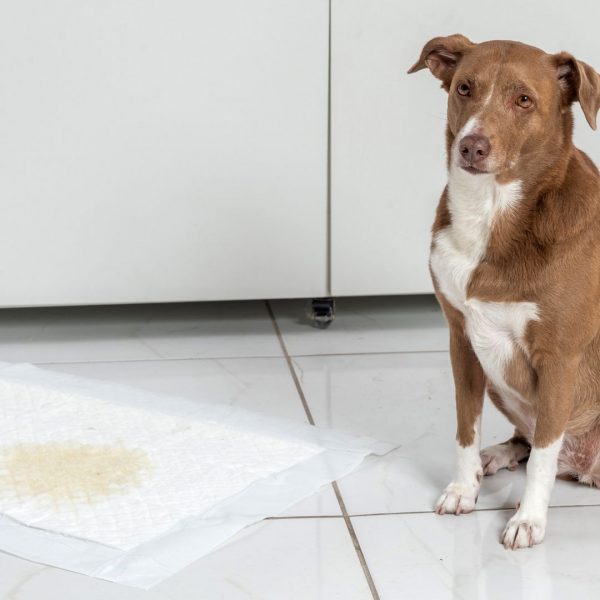
Belly bands or diapers
Belly bands are specifically designed for male dogs and diapers for female dogs. They wrap around the dog’s belly and provide a barrier to prevent urine from leaking onto surfaces. They usually have a built-in absorbent pad.
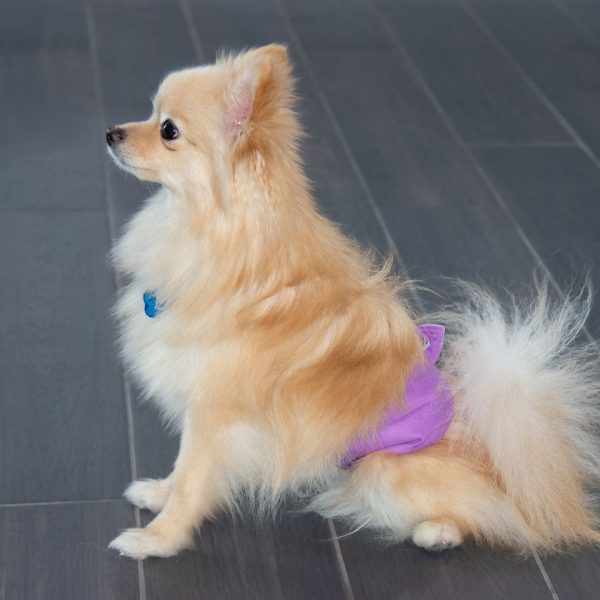
Washable incontinence pants
Similar to belly bands and diapers, these pants provide a protective layer to prevent urine leakage. They are washable and reusable, making them more environmentally friendly.
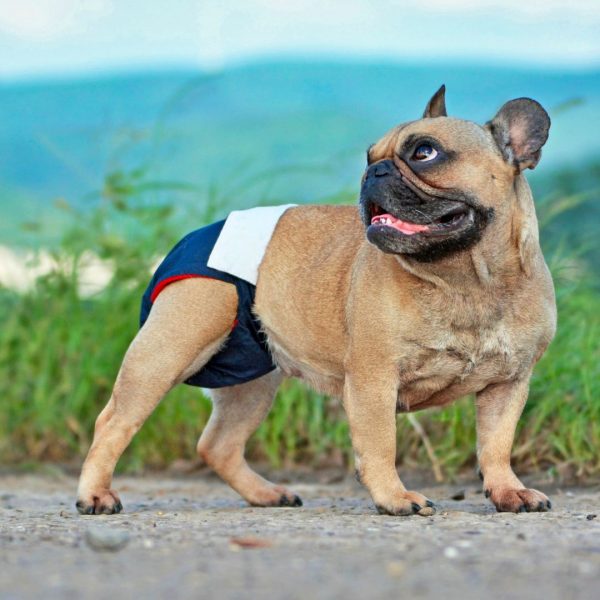
Cleaning products
To remove the odor, you can use enzymatic cleaners or a mix of vinegar with water.
Final Thoughts
We have seen that urinary incontinence is when your dog loses control over the bladder and leaks urine. This condition is more common in female dogs, senior dogs, and some breeds with genetic predisposition. There are many factors that can contribute to this condition including obesity, hormonal imbalances, and UTI diseases.
It differs from inappropriate elimination because your dog has no control over it. But sometimes is easy to mistake, especially in senior dogs where other factors lead to inappropriate elimination such as pain or cognitive decline.
Always consult with your veterinarian, they can determine the underlying cause of your dog’s incontinence and develop a tailored treatment plan.
Related articles:
Recent Posts
This summer, the temperatures are getting extremely high, and as you may know, dogs don’t sweat like humans to regulate their body temperatures. They mostly use their paws and breathing to cool...
Is the Dogo App Worth It? Honest Review After Training My Dog
Training your dog shouldn’t feel like another chore, but it often does because, unless you’re a professional trainer, you have to research everything yourself first. And that research can take...
